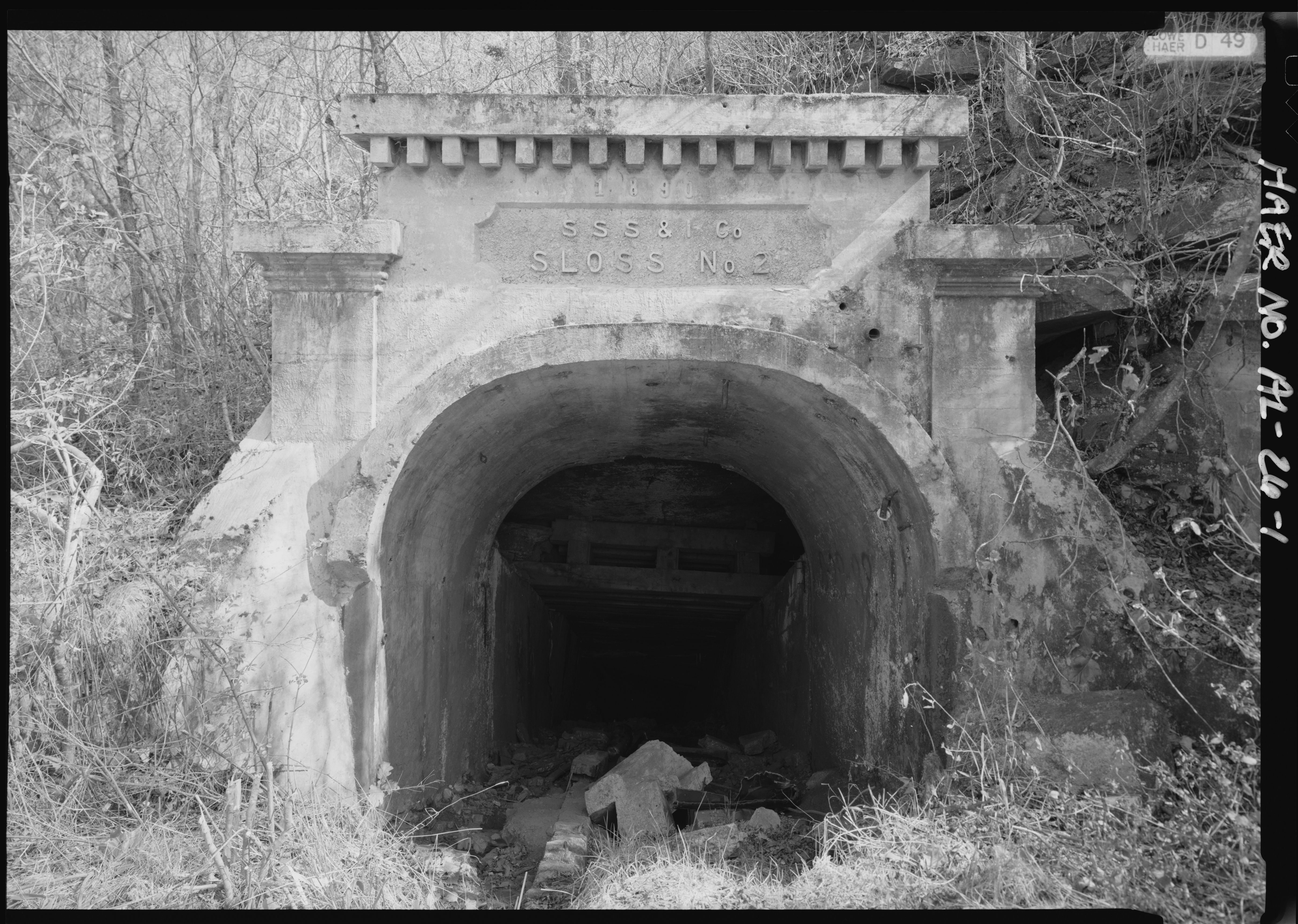Geologic drift: what kind of conceptual apparatus has to be in place to think about straightening a river of which no part is straight (the Mississippi, for example)? Navigating rivers was part of “opening up” the territory; straightening rivers was a feature of the plantation and the control of irrigation and export.
Predation in biology is understood as the transfer of energy from the organism that is being consumed to the predator, providing the energy to prolong the predator’s life and promote its reproduction.
Denise Ferreira da Silva, “In the Raw,” e-flux journal 93, September 2018, ➝.
Sylvia Wynter, “Is ‘Development’ a Purely Empirical Concept, or also Teleological? A Perspective from ‘We the Underdeveloped,’” in Prospects for Recovery and Sustainable Development in Africa, ed. Aguibou Y. Yansané (Westport: Greenwood, 1996), 299–316.
Aimé Césaire, Return to my Native Land, trans. John Berger and Anna Bostock (Brooklyn: Archipelago Books, 2013), 29.
Césaire, Return to my Native Land, 30.
Christian Dorninger et al., “Global patterns of ecologically unequal exchange: Implications for sustainability in the 21st century,” Ecological Economics 179 (January 2021): 106823–4).
See Sidney W. Mintz, Sweetness and Power: The Place of Sugar in Modern History (New York: Viking, 1985). The dirty streets of East London factories, with their relation to coal and sugar and the grinding weight of poverty, similarly made new mines of industrial relation.
C.L.R. James, “British Barbarism in Jamaica—Support the Negro Workers’ Struggle,” Fight 1, no. 3 (June 1938): 1, 4, ➝.
As I write this, Jamaica is currently being advertised as a destination site for mining in the global minerals industry, as a logistical mining infrastructure hub between North and South America. Currently dominated by bauxite mining, the Jamaican infrastructure is being built in part by settler-colonial-state Canadian-based Alcan, and the Jamaican Stock Exchange is partnered with the Canadian stock exchange to facilitate reciprocal listings. The first such listing was Carube Copper. In 2012, the Pueblo Viejo mine opened its operations in the Sánchez Ramírez Province of the nearby Dominican Republic, becoming one of the most prolific gold mines in the world. It is also the second-largest high-sulphidation gold deposit to be discovered. A gold rush across the Caribbean was started by Christopher Columbus in 1492, when his ship, the Santa Maria was stranded on what later became Haiti and the Dominican Republic, and he saw gold that the indigenous Arawaks traded. Not finding the expected quantities of gold, colonial extraction shifted to Mexico and Aruba. Gold in the Caribbean is classed as an “untapped” resource. The Pueblo Viejo mine is operated by Barrick Gold Corporation (with a 60% share), headquartered in Toronto (with mining operations in Argentina, Chile, Cote d’Ivoire, Democratic Republic of the Congo, Dominican Republic, Mali, and Papua New Guinea), and Newmont Corporation, based in Colorado, U.S.
Édouard Glissant, The Overseer’s Cabin, trans. Betsy Wing (Lincoln: University of Nebraska Press, 2011), 8).
Thomas describes this methodology as: “Exploring the constitution of the political subject not primarily through nationalism or through state-(and extra-state-)driven processes of subjectification, but through the cultivation of embodied affects that are shaped by the particular temporal conjunctures in which they emerge, enables us to interrogate the ways political affects can transcend the context of their emergence, allowing them to appear and resurface unpredictably. It can thus unbind sovereignty not only from territory, and therefore from the political centrality of the independent nation- state, but also from the teleologies of linear, progressive time.” Deborah A. Thomas, Political Life in the Wake of the Plantation: Sovereignty, Witnessing, Repair (Durham: Duke University Press, 2019), 5.
(Thomas, Political Life in the Wake of the Plantation, 7.
Tia-Simone Gardner, “Chronotopophobias,” Georgia, July 31, 2020, ➝.
Jennifer L. Morgan, Laboring Women: Reproduction and Gender in New World Slavery (Philadelphia: University of Pennsylvania Press, 2004), 132).
Tina M. Campt, Listening to Images (Durham: Duke University Press, 2017).
Morgan, Laboring Women, 132.
Christina Sharpe, “Foreword: The Heat and the Burdens of the Day,” in The Fire Now: Anti-Racist Scholarship in Times of Explicit Racial Violence, eds. Azeezat Johnson, Remi Joseph-Salisbury, and Beth Kamunge (London: Zed Books, 2018).
Toronto signed an agreement in 2019 with the Jamaican Stock Exchange to co-list extraction companies.
Edward Said, Culture and Imperialism (New York: Vintage, 1993), 69–70, 73, 100–116.
Kathryn Yusoff, A Billion Black Anthropocenes or None (Minneapolis: University of Minnesota Press, 2018).
The inhuman is radically open and cannot be read solely through its social forms as signalling in a certain direction because we want it to, because we want the past to be a resource for more liberated futures, and this is also its potential to hold the unimaginable and the impossible, closely.
